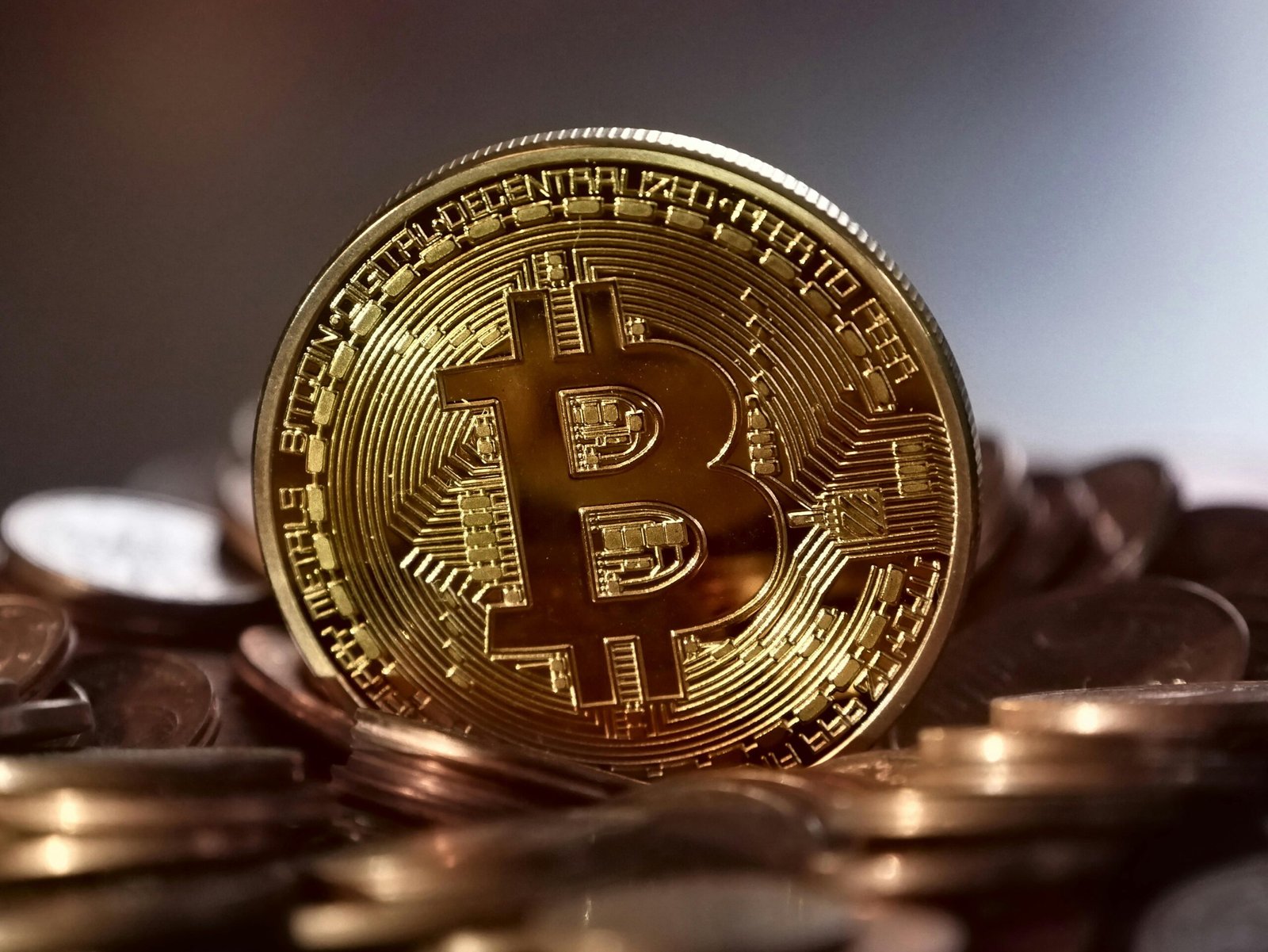Asian Stocks Surge Following Wall Street’s Winning Streak

- Asian stock markets rose significantly on Tuesday, following Wall Street’s longest winning streak of the year.
- China held its benchmark lending rates unchanged on Tuesday, indicating a pause in further monetary easing.
- Australia’s S&P/ASX 200 advanced 0.2% to 7,997.70, reflecting the Reserve Bank of Australia’s commitment to maintaining economic stability.
- The recent rise in Asian stocks reflects the interconnectedness and complexity of the global economy, with central banks navigating their monetary policies amidst volatile times.
Asian stock markets experienced a significant rise on Tuesday, following Wall Street’s longest winning streak of the year. This surge comes after a tumultuous summer, with the U.S. stock market nearing record highs and global market optimism on the rise. In Tokyo, the Nikkei 225 stock index closed 1.8% higher at 38,062.92, a recovery from a 1.8% drop the previous day. The yen, which had briefly approached 145 against the U.S. dollar on Monday, pulled back and traded at 146.94 on Tuesday.
Meanwhile, China held its benchmark lending rates unchanged on Tuesday, with the one-year loan prime rate at 3.35% and the five-year LPR at 3.85%. This decision came after a series of key interest rate cuts made last month aimed at supporting the economy. The one-year LPR serves as the benchmark for most corporate loans, while the five-year LPR is a reference rate for mortgages. This move by China’s central bank is significant as it indicates a pause in further monetary easing amidst efforts to stabilize growth.
In contrast, Hong Kong’s Hang Seng dropped 0.5% to 17,490.43, and the Shanghai Composite lost 1.0% to 2,864.91. These movements reflect the diverse responses of different markets to the same global events, highlighting the complexity and interconnectedness of the world economy.
Global Market Reactions and Monetary Policies
Australia’s S&P/ASX 200 advanced 0.2% to 7,997.70 as the minutes from the Reserve Bank of Australia’s meeting in August showed the board decided to leave the cash rate target steady at 4.35%, emphasizing that containing inflation remains their top priority. The RBA noted in the minutes it was “unlikely that the cash rate target would be reduced in the short term, and that it was not possible to either rule in or rule out future changes in the cash rate target.” This cautious approach to monetary policy reflects the RBA’s commitment to maintaining economic stability and controlling inflation.

South Korea ’s Kospi jumped 0.8% to 2,696.35, demonstrating the resilience of the Korean market amidst global economic fluctuations. U.S. futures were slightly higher while oil prices fell, indicating a mixed outlook for the global economy. On Monday, the S&P 500 rallied 1% for its eighth-straight gain and ended at 5,608.25. That clinched its longest winning streak since November and followed the index’s best week of the year. It’s back to within 1% of its all-time high after falling close to 10% below the mark earlier this month.
The Dow Jones Industrial Average gained 0.6% to 40,896.53, and the Nasdaq composite jumped 1.4% to 17,876.77. Treasury yields held relatively steady ahead of what’s likely to be financial markets’ main event for the week: a speech on Friday by Federal Reserve Chair Jerome Powell. The setting for the speech in Jackson Hole, Wyoming, has been home to some big policy announcements by the Fed in the past.
Market Expectations and Future Outlook
Expectations aren’t that high this time around, with nearly everyone already expecting the Fed will begin cutting interest rates next month. This would be the first such cut since the Fed began hiking rates drastically in early 2022, hoping to slow the economy by enough to stifle inflation but not so much that it causes a recession. With inflation slowing from its peak above 9% two summers ago, Fed officials have already hinted cuts to rates are coming. The biggest question is whether the economy just needs the Federal Reserve to remove the brakes or if it needs more acceleration and deeper cuts.
A surprisingly weak report on hiring by U.S. employers last month raised worries the Fed has already kept interest rates too high for too long. Such worries combined with concerns that Nvidia and other highly influential Big Tech stocks got too expensive amid the AI frenzy, along with other factors, to send markets globally through a scary couple weeks. That included the worst day for Japan ’s market since the Black Monday crash of 1987.
But an ensuing assurance from the Bank of Japan on interest rates there has helped calm the market. Several recent reports on the U.S. economy have also come in stronger than expected, covering everything from inflation to sales at U.S. retailers, which bolstered optimism.
In conclusion, the recent rise in Asian stocks, driven by Wall Street’s winning streak and global market optimism, reflects the interconnectedness and complexity of the global economy. As central banks around the world navigate their monetary policies amidst these volatile times, investors and market watchers will be keeping a close eye on the developments and their potential impact on the global economic landscape. The current situation is a testament to the resilience of the global economy, even as it continues to grapple with the challenges of a post-pandemic world.













Post Comment